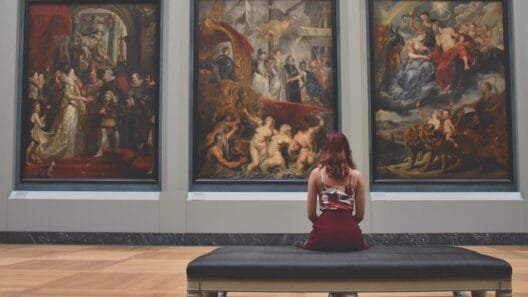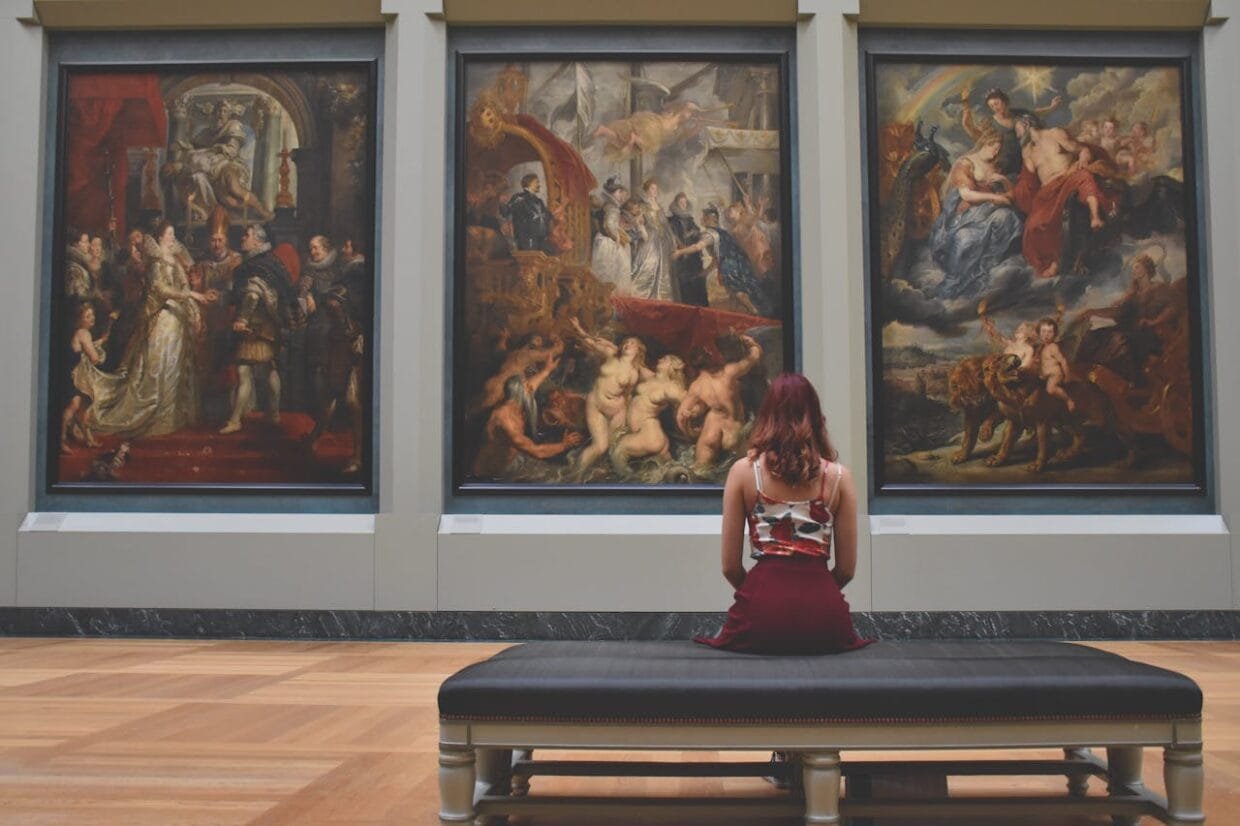Starting an art collection in London can feel intimidating. The city is home to some of the world’s most prestigious galleries, auction houses stacked with masterpieces, and art fairs where prices seem to require a second mortgage. But here’s the truth: collecting contemporary art doesn’t have to begin with six-figure budgets or exclusive invitations. For first-time collectors, London offers a surprisingly accessible entry point into the world of blue-chip contemporary art. The key is knowing where to look and, more importantly, understanding what you’re looking for.
Know Your Neighbourhoods
London’s art scene sprawls across distinct neighbourhoods, each with its own character and collector base. Mayfair remains the traditional heart of the established art world, with blue-chip galleries lining Cork Street and surrounding streets. It’s where you’ll find works by internationally recognised names, though the atmosphere can lean formal.
Shoreditch and East London offer a different vibe entirely: street art, emerging artists, and a younger, more experimental energy. For collectors interested in urban art and contemporary culture, this is where movements are born and artists are discovered before they hit the mainstream.
Then there’s the growing number of galleries operating outside these traditional zones, combining online platforms with physical viewing spaces across the city. These galleries often focus on accessibility, transparent pricing, and guiding new collectors through their first purchases.
Starting with Prints and Editions
One of the smartest ways to begin collecting is through limited edition prints and multiples by established artists. Works by Andy Warhol, Banksy, David Hockney, and Damien Hirst are available as authenticated editions, offering genuine museum-quality pieces without the multimillion-pound price tags of unique works.
Prints aren’t “lesser” artworks. Many of the most iconic images in contemporary art exist as editions: Warhol’s Marilyn series, Banksy’s Girl with Balloon, Hockney’s swimming pool scenes. These works were created by the artists themselves as prints, not reproductions of paintings. They’re the real thing, just in multiple rather than unique form.
Specialised galleries can guide collectors through this landscape. Calder Contemporary in London, for instance, focuses specifically on blue-chip prints and editions, combining an inventory of recognisable artist names with advisory services to help new collectors make informed decisions. Many galleries in this space also offer consignment services, creating a full-circle approach to buying and selling contemporary art.
The Importance of Provenance
For first-time buyers, authentication matters more than almost anything else. As the contemporary art market opens up, so does the risk of encountering works with questionable provenance. This is especially true for street art icons like Banksy, where the authentication process is highly specific and essential.
Reputable galleries provide more than inventory. They offer documentation, expertise, and the kind of guidance that prevents costly mistakes. Before purchasing, ask about provenance, edition details, and any authentication certificates. A good gallery won’t just sell you art; they’ll educate you about what you’re buying and why it matters.
Building Relationships
The best collectors don’t just buy art; they build relationships with galleries over time. Start by visiting exhibitions, attending openings, and asking questions. Gallery staff can introduce you to artists and movements you might not have discovered on your own, and they often remember collectors who show genuine interest.
Many galleries welcome appointment-based viewings, offering a more personal experience than wandering in off the street. It’s an opportunity to discuss your interests, your budget, and the kind of collection you want to build. For those intimidated by the art world’s perceived exclusivity, this personalised approach can make all the difference.
Trust Your Eye, But Do Your Homework
Ultimately, the best reason to buy art is because you love it. Trends change, markets fluctuate, but a piece that genuinely moves you will always hold value in your home and your life. That said, doing your homework matters. Research the artist, understand the context of the work, and make sure you’re buying from reputable sources.
London’s contemporary art scene rewards curiosity and patience. Whether you’re drawn to Pop Art’s bold iconography or street art’s rebellious energy, there’s a place for you in this world. The first step is simply deciding to begin, and contacting galleries who can guide you through the process with expertise and transparency. Your collection starts now.





